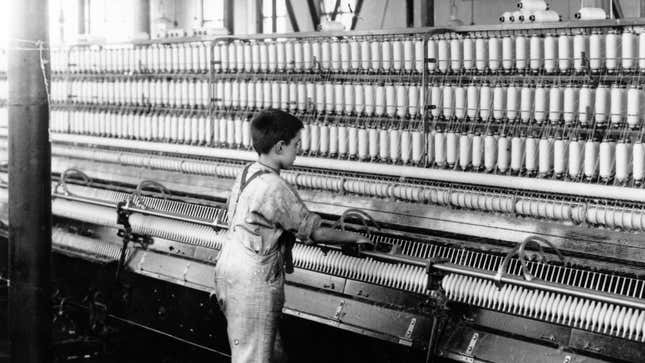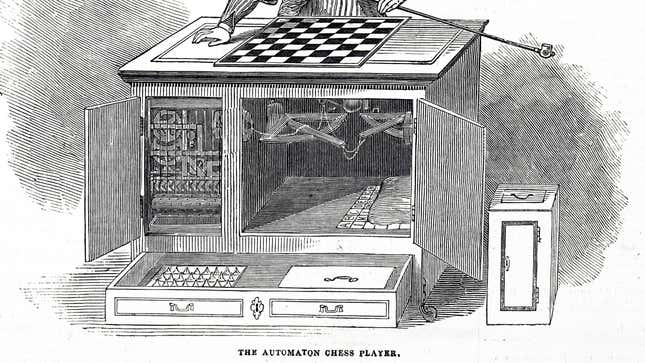
Amazon’s grocery stores ditched their “Just Walk Out” technology on Tuesday, though it turned out the automated checkout system included 1,000 reviewers in India. However, this is hardly the only example of times when automation breakthroughs were nothing more than human workers in hiding – a phenomenon known as “The Mechanical Turk.”
The Mechanical Turk refers to a fraudulent chess-playing machine from the year 1770. It appeared to be an automated machine that could play a competitive chess match against any human. The machine was touted around the world for decades, amazing crowds as the first-ever automaton. However, it was later revealed to be an elaborate hoax, where a master chess player was hiding inside the machine.

This idea came up again in the early 1800s in England but in a different way. As Brian Merchant describes in his book Blood in the Machine, clothing makers in England were replaced by new “automated” machines their employers introduced. However, while these machines didn’t require a skilled craftsman, they still needed small children (orphans) to operate them. So they weren’t quite automated, though they created a cheap, worse product that took the jobs of skilled clothing makers, who became known as “Luddites.”
That brings us to today. In the era of artificial intelligence, there are some incredible examples of automation. However, there are also countless more automation hoaxes that are popping up. Tech companies are racing to appear on the cutting edge, implementing AI technologies before they’re actually ready. That means many companies are propping up phony AI models with human workers.
Here are 10 modern examples of Mechanical Turks, when automation is really just humans in disguise.

